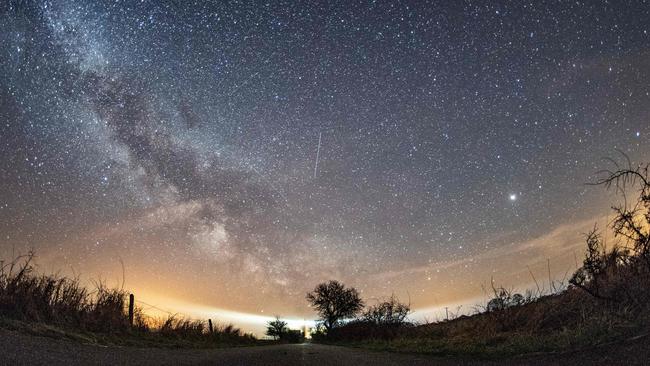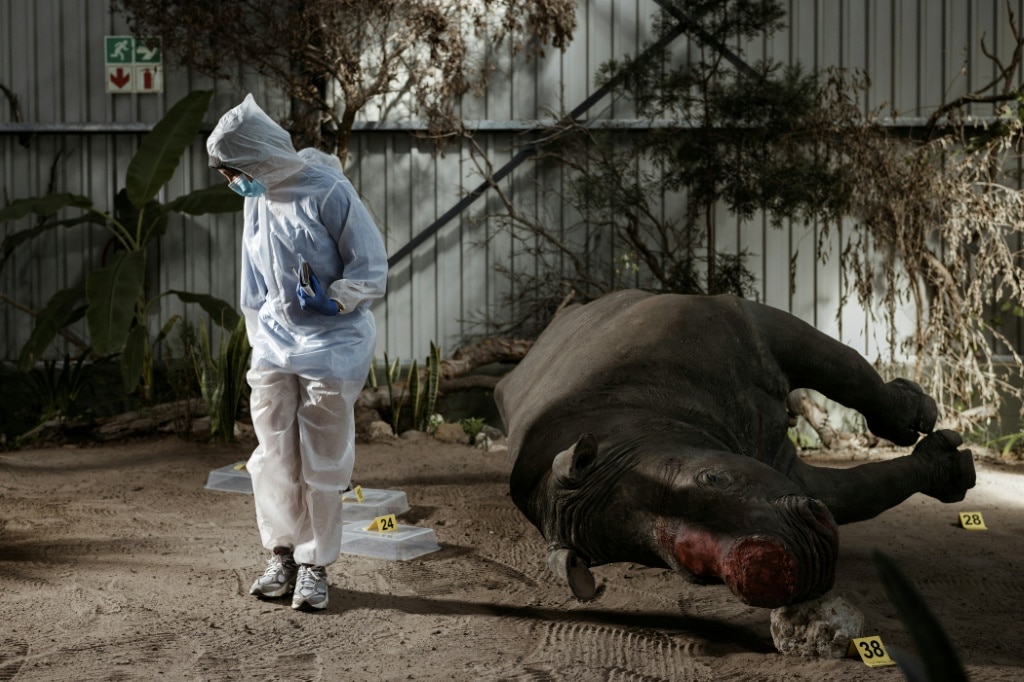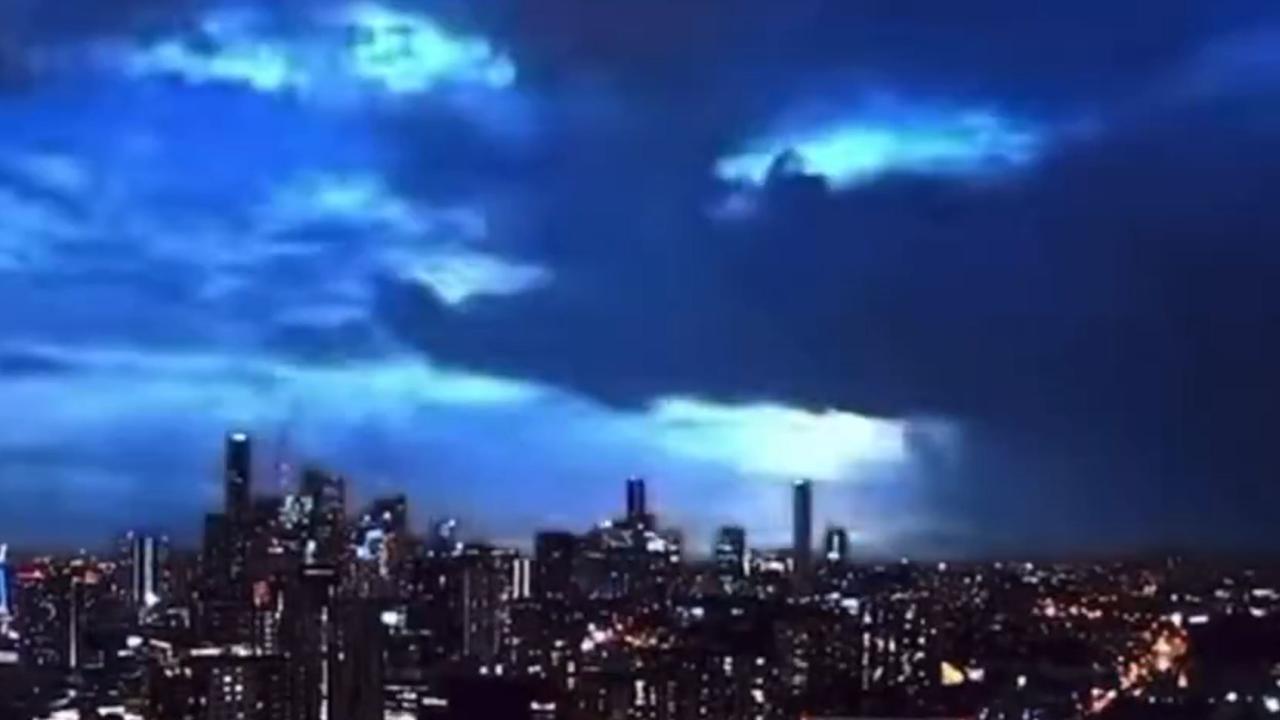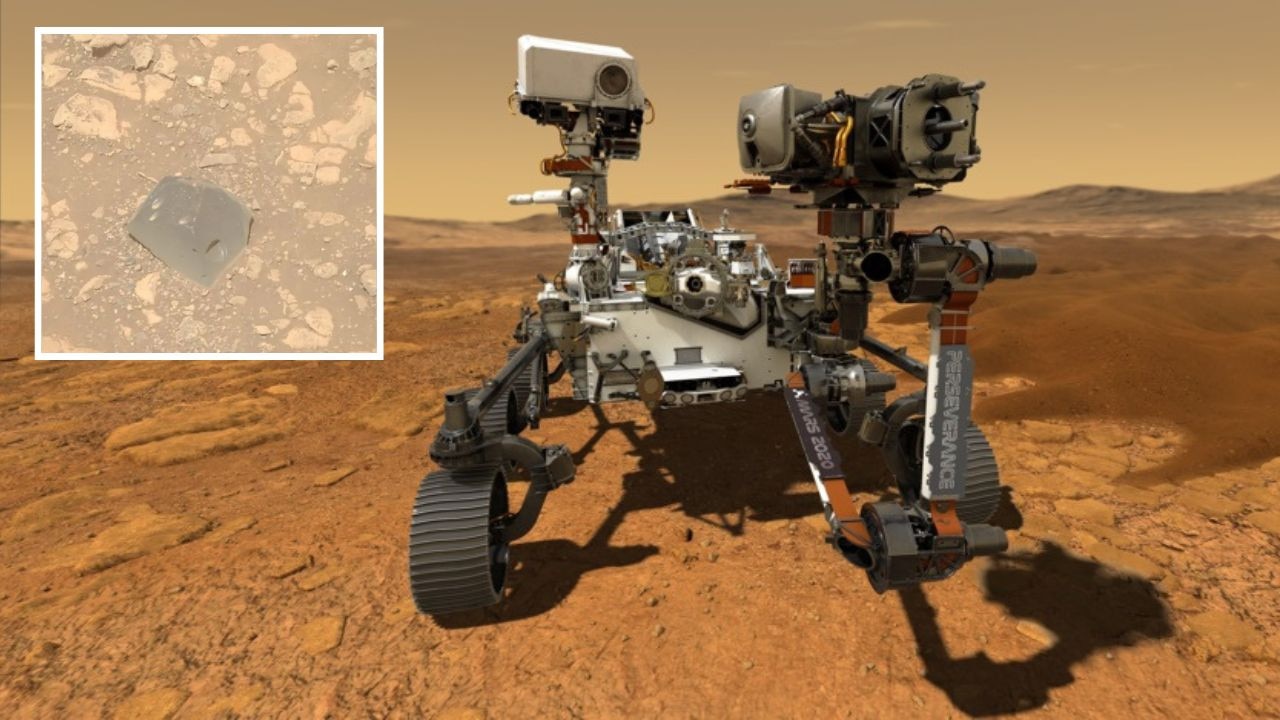Where, when and how to catch tonight’s Lyrid meteor shower
Here is where, when and how to catch the spectacular Lyrid meteor shower for an incredible astronomical experience.
Space
Don't miss out on the headlines from Space. Followed categories will be added to My News.
For everyday Aussies who are hoping to catch a glimpse of the greatness of space, the Lyrid meteor shower offers a great chance to see the magic of our galaxy.
Those committed to staying up tonight till the early hours of tomorrow morning will see up to 10 to 20 meteors per hour in the night sky as the meteor shower peaks, according to NASA.
Although showers begin tonight, stargazers will need to be equipped with a strong cup of tea and patience as the best time to view the shower will be the local time from 2am to 5am, Astrophysicist and Professor at University of Melbourne Michele Trenti told NewsWire.
Those trying should look towards the north and the northeast above the horizon, and give their eyes half an hour to adjust to the dark.
Look out for bright flashes of light, and streaks across the sky until the early hours of tomorrow morning.
Luckily, the showers can be seen with a naked eye, and are safe to watch.
It is unlikely to see multiple meteors at the same time, although it is possible, according to Professor Trenti.
“The Lyrid usually have 10-20 events per hour, so seeing multiple at the same time is highly unlikely, as each event lasts only a second or so,” he said.
“However, approximately every 60 years there can be much higher rates for this meteor shower, in what is called an ‘outburst’.
“The next outburst will be in 2042, so we have quite a bit of time to wait.”

The Lyrid meteor shower has been observed for thousands of years, and occurs annually in April as the Earth intersects with the ancient debris trail left by Comet Thatcher.
It usually occurs between April 17 to April 26, and is expected to peak this year between April 21 and April 22.
Observations of the phenomenon date back approximately 2700 years, and occur as small particles of the debris enter the Earth’s atmosphere at speeds up to 47km/s, according to NASA.
This debris becomes the bright streaks of light that has captured stargazers then, and now.
For those who cannot bring themselves to stay up at the end of this long weekend, another meteor shower event is projected to happen in less than a month.
“There are about 30 meteor showers each year,” Professor Trenti said.
“The next one will be the Eta Aquarids meteor shower, originating in the Aquarius constellation and peaking around 5-6 May, and again visible close to dawn.”
The Eta Aquarids will also be a fantastic event.
“At the peak, there will be about 60 meteors per hours, with good rates sustained for a week or so around the peak. The Eta Aquarids will likely be a more spectacular sight than the Lyrid, but both are worth watching for the early risers.”
Originally published as Where, when and how to catch tonight’s Lyrid meteor shower



